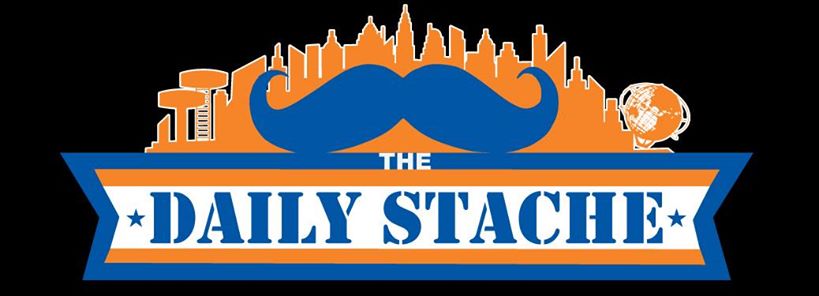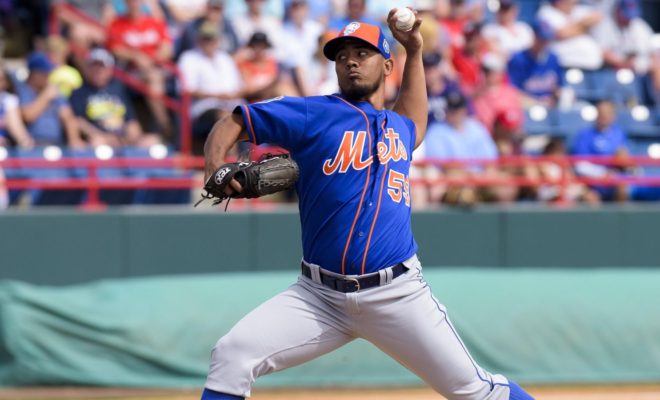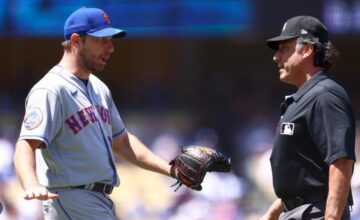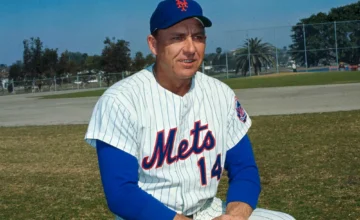This offseason, we are seeing relievers signing big contracts. And not just the bold faced names like Aroldis Chapman, Mark Melancon and Kenley Jansen. Journeyman middle relievers and LOOGY’s like Brett Cecil, Mike Dunn, Marc Rzepczynski, Brad Ziegler and Daniel Hudson are signing large, multi-year deals. The Mets entered this post season looking to replace lefty Jerry Blevins (who is expecting to sign a contract similar to Cecil or Dunn), as well as a temporary closer if Jeurys Familia gets suspended. But I think they’d be better served looking in-house for relief help, and taking the money they’ve got budgeted and either keep it in reserve for a midseason pickup or use it to address another need (like a fulltime catcher).
The experience with signing relievers has been spotty at best for the Mets in the days since Sandy Alderson took over as GM in 2010. One of his first “big moves” may have been one of his worst: signing D.J. Carrasco who was an absolute bust. Over two seasons, he pitched in 46 games going 1-3, with an ERA north of 6.00, while accumulating -0.9 WAR. This LESS than what a typical mediocre replacement reliever would expect to deliver. Sandy’s record with other veteran relievers signings wasn’t much better, with Tim Byrdak, Frank Francisco, Scott Atchison, Brandon Lyon and, most recently, Antonio Bastardo, performing less than optimally.
Even reclamation projects didn’t prove much better. For every LaTroy Hawkins or Carlos Torres, there was a Jose Valverde, a Jim Henderson, a Kyle Farnsworth. On the trade front, Sandy was only slightly better, hitting it on the nose with Jerry Blevins and the fantastic Addison Reed, while striking out on Ramon Ramirez and Alex Torres and his weird hat.
The reason why relievers may not be worth the investment is that they have such a small body of work each season. Gone are the days when a Mike Marshall would appear in 100 games and pitch 200 innings. Today’s reliever is lucky if he even averages one inning per appearance, and doesn’t get into as many games as in the past. This is because of match-ups and advanced statistical analysis. In the past, a team might only carry 5 or 6 relievers, while in today’s game, rosters have up to 8 relievers clogging up the bullpen. In addition, the small body of work makes many statistics misleading since there is such a small sample size for relievers. Their corollary on the offensive side are pinch hitters. While most teams have an idea which players do well at pinch-hitting, you’d never see a team give a big contract to a career pinch hitter. So why the big bucks for relievers, especially ones where their performance varies so widely from year to year?
Going into this season, if Sandy does not make another bullpen move, Terry Collins will have Familia closing, Addison Reed setting up, Hansel Robles, Seth Lugo, Zach Wheeler (initially), Erik Goeddel and Robert Gsellman providing middle relief, and Josh Edgin and Josh Smoker counted on as LOOGY’s. That’s not a bad bullpen by any stretch of the imagination, and other than Familia ($4.1 million) and Reed ($5.3 million), extremely affordable as no one else makes more than $600,000. Why trade a good asset for an unreliable bullpen arm, or spend significant money signing a reliever who is no sure thing? Remember, we are not talking about an Andrew Miller, let alone an Aroldis Chapman. Most of the pitchers being discussed could just as well be the next Antonio Bastardo as another Jerry Blevins.




